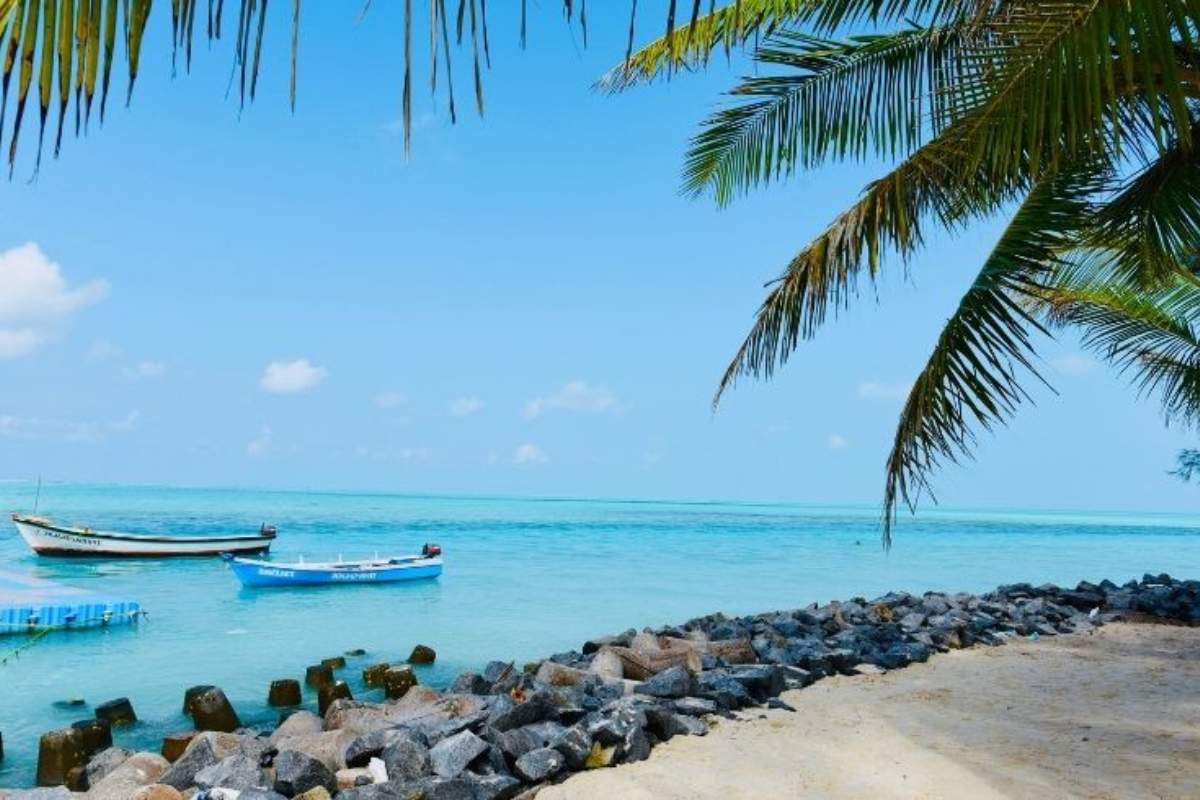In a recent surge of national interest, Lakshadweep, an archipelago of stunning beauty and serene beaches, has been thrust into the limelight, thanks in large part to Prime Minister Narendra Modi’s evocative portrayal of his visit. His call to ‘Dekho Apna Desh’ (See Our Country) resonates now more than ever, as Lakshadweep, which translates to ‘a hundred thousand islands’ in Sanskrit, stands at the cusp of a significant transformation.
The chain of 35 islands, with 10 inhabited by a population of about 65,000, is witnessing a renaissance of sorts. While Modi’s snorkelling adventures and contemplative moments captured in photographs have sparked curiosity, they have also highlighted a broader narrative – the untapped potential of Indian tourism and the emergent investment opportunities in Lakshadweep.
“EaseMyTrip’s elevation of Lakshadweep as a premier destination, parallel to international favorites, is a testament to this growing allure. With travel agencies recording up to a 60% increase in inquiries, the islands are no longer just a hidden gem but a burgeoning hotspot.“
The General Manager of Bangaram Resort in an interview with Economic Times expects a 10 percent rate increase shortly, indicative of the growing demand. With flights currently fully booked, optimism is high among tourism stakeholders.
However, this newfound interest comes with its share of challenges. The current state of air connectivity to Lakshadweep is a hurdle, yet plans for new airport developments signal a commitment to bridging this gap. The limited accommodation, with fewer than 150 hotel rooms as per the NIDHI portal, underscores the need for infrastructural development in the hospitality sector.
This is where the narrative takes an interesting turn. The rising interest in Lakshadweep isn’t just a tourist boom; it’s a beacon for investors. With hospitality giants like IHCL announcing expansion plans, we are witnessing the genesis of a significant increase in hospitality inventory. The development of water villas at Kadmat, Suheli, and Minicoy is not just an investment in luxury accommodation; it’s an investment in the future of Lakshadweep as a premier tourist destination.
Cordelia Cruises’ weekly trips from Mumbai and Kochi, bringing 1,500 passengers to the islands, further underline the growing appeal of Lakshadweep. But beyond the numbers and investments, there is a deeper story of opportunity and transformation.
The Prime Minister’s visit and the subsequent inauguration of projects worth Rs 1,150 crore are not just about enhancing the tourist experience. They are about creating sustainable, inclusive growth for the local communities, preserving the unique ecological balance of the islands, and showcasing Lakshadweep as a model of sustainable tourism.
Lakshadweep’s transformation is not just about building hotels and increasing flights. It’s about creating a holistic destination that offers a blend of cultural richness, natural beauty, and sustainable practices. It’s a chance to showcase how tourism, when done right, can be a force for good – economically, socially, and environmentally.
The Federation of Hotel & Restaurant Associations of India (FHRAI) has rightly commended the Prime Minister for his vision. His dedication to boosting domestic tourism, especially in a post-pandemic world, speaks to a broader vision of making India a global tourism hub. Lakshadweep is at the heart of this vision.
As we look towards the future, the questions we must ask are: How do we balance development with sustainability? How do we ensure that the local communities are beneficiaries of this boom? Lakshadweep’s journey is more than a story of tourism; it’s a narrative of hope, opportunity, and the promise of a new era in Indian tourism.

